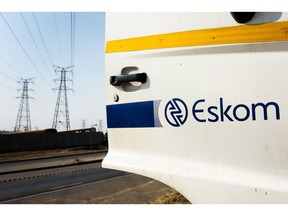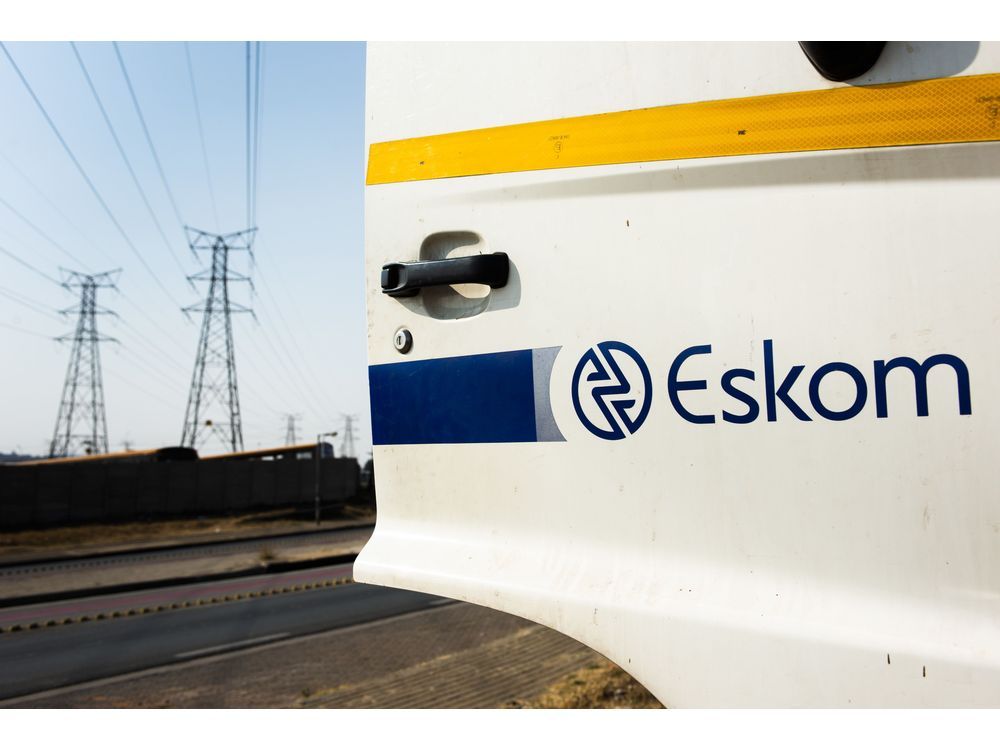[ad_1]
South Africa’s Eskom Holdings SOC Ltd. said its energy-transition plan may require as much as 1.2 trillion rand ($71 billion) of investment for new-generation and distribution capacity, with the bulk of the money expected to come from private investors.

Article content
(Bloomberg) — South Africa’s Eskom Holdings SOC Ltd. said its energy-transition plan may require as much as 1.2 trillion rand ($71 billion) of investment for new-generation and distribution capacity, with the bulk of the money expected to come from private investors.
Article content
The state-owned power utility, which is saddled with 396 billion rand of debt, plans to tap private investors for the 990 billion rand it needs to fund new generation capacity and shift to cleaner energy sources by 2030, Matthew Mflathelwa, general manager for strategy and planning, said in an interview Wednesday in Johannesburg.
“Eskom cannot afford all of it on its own,” Mflathelwa said. “We would require a partnership of some kind, whether it is at a multinational level or whether it’s at the institutional level. I think those details need to be worked out.”
South Africa is currently ironing out details for $8.5 billion in climate financing that some of the world’s richest nations have pledged to aid the country’s transition away from coal. This week, President Cyril Ramaphosa unveiled plans to allow greater participation by the private sector in electricity production in a bid to end a 14-year energy crisis.
South Africa relies on coal for more than 80% of its electricity and has experienced frequent power cuts due to the unreliability of its aging and poorly maintained plants.
The world’s 13th-biggest greenhouse gas emitter also needs 300 billion rand to improve its air quality over the next decade, Mflathelwa said.
A stricter enforcement of laws on air quality could result in about 16,000 megawatts of Eskom generation being taken off the grid, posing “a security of supply problem” for the utility, the official said.
[ad_2]
Image and article originally from financialpost.com. Read the original article here.

